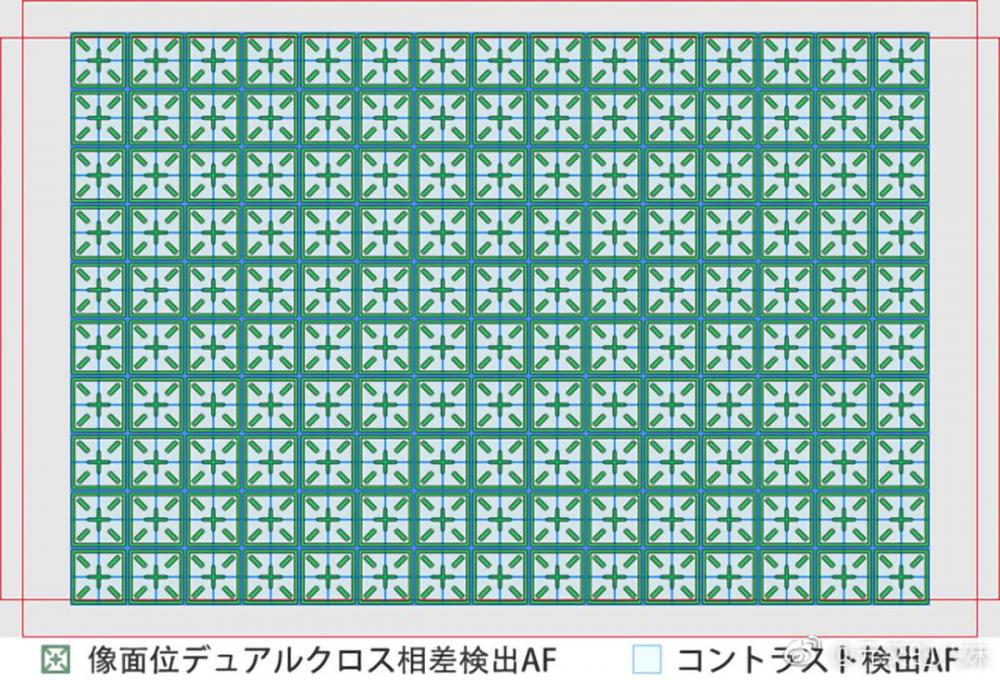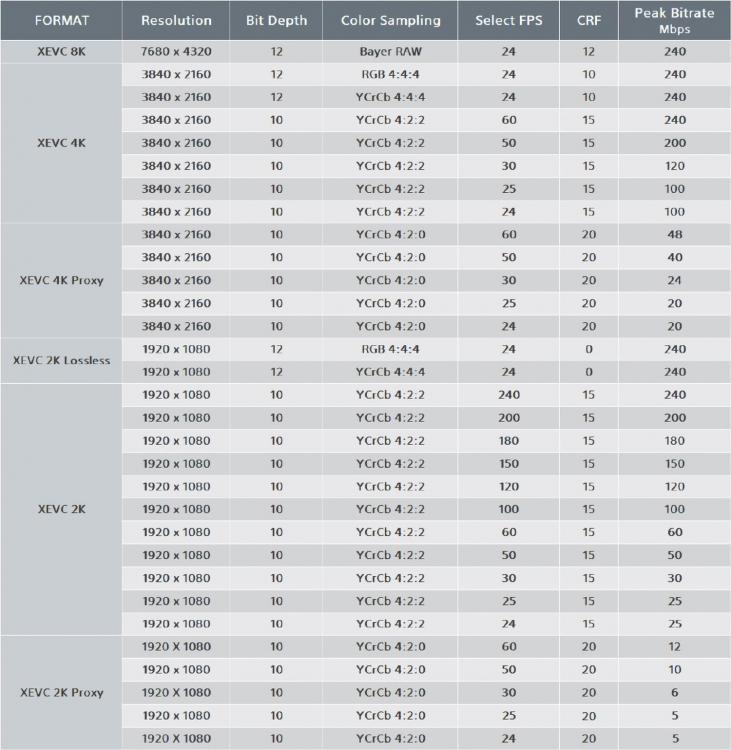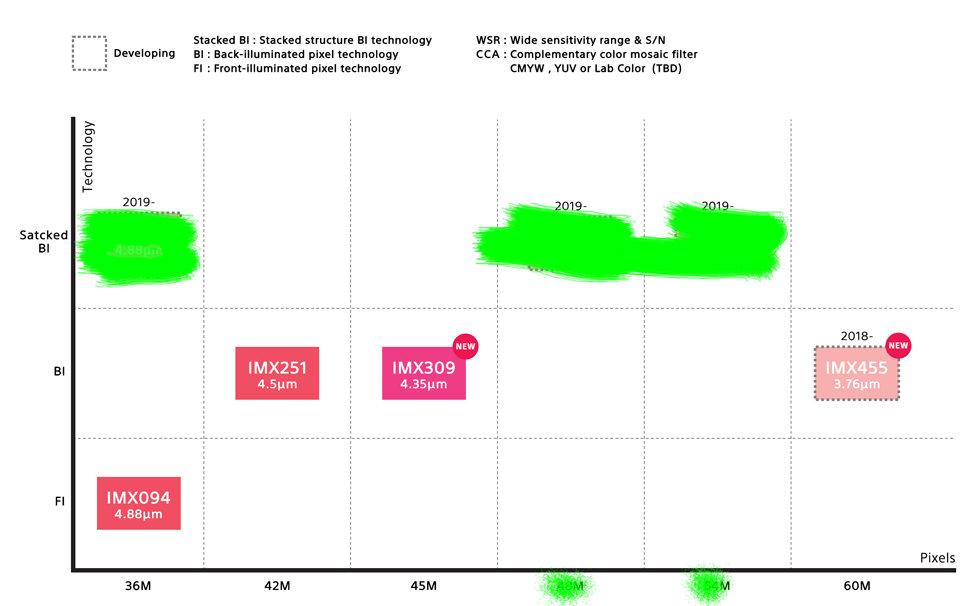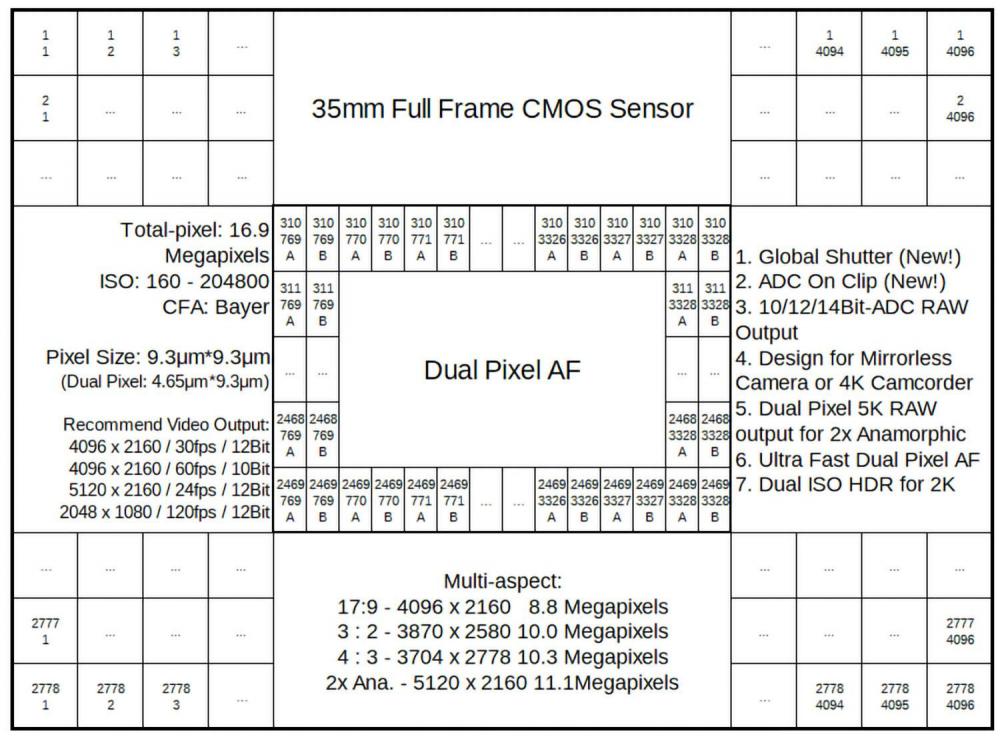
androidlad
Members-
Posts
1,215 -
Joined
-
Last visited
Content Type
Profiles
Forums
Articles
Everything posted by androidlad
-
Major bug in X-T3 2.00 firmware update: when selecting SD: film simulation, HDMI: F-log, or SD: F-log, HDMI: film simulation. A 1.18x crop is applied on all 4K framerates. It's a bit less noisy than F-log (mainly because the shadow/black level are not as high), DR is exactly the same. Minimum ISO 1000 matches F-log ISO 640, so it does not look like actual analog gain, it's really just an EI rating to encourage slight underexposure.
-
Nikon Z6 features 4K N-LOG, 10bit HDMI output and 120fps 1080p
androidlad replied to Andrew Reid's topic in Cameras
It does. -
Nikon Z6 features 4K N-LOG, 10bit HDMI output and 120fps 1080p
androidlad replied to Andrew Reid's topic in Cameras
Sony sensors use 12bit ADC in video mode. -
Currently this is the best: https://aurora-aperture.com/2018/06/12/powerxnd-mark-ii-1-to-11-stop-seamless-coverage/
-
There's a slight black bar at top and bottom yes. The monitor doesn't work with 4K 50/60p. I set the HDMI output to 1080p though, it's sharp enough for critical focus.
-
Z Cam E2 will have ONE HUNDRED AND TWENTY FPS in 4K??
androidlad replied to IronFilm's topic in Cameras
P4K and Terra 4K have it, GH5s has its variant IMX299. But none of them put as much effort as E2 into developing the features available in the sensor. -
Z Cam E2 will have ONE HUNDRED AND TWENTY FPS in 4K??
androidlad replied to IronFilm's topic in Cameras
Who told you it downreses? You have the datasheet. Every pixel has a quad bayer structure, it's essentially a 40MP sensor. The only 14bit readout drive mode is just enough for 4K. -
Z Cam E2 will have ONE HUNDRED AND TWENTY FPS in 4K??
androidlad replied to IronFilm's topic in Cameras
Internally with beta firmware. -
Z Cam E2 will have ONE HUNDRED AND TWENTY FPS in 4K??
androidlad replied to IronFilm's topic in Cameras
E2's noise looks finer, it's a native 4K sensor while the Alexa Mini is upscaled from 3.2K, I'd say there's no drastic difference in the amount of noise. To get a definitive answer we have to shoot a chart and use IMATEST. E2 does show a bit more chromatic banding in the shadow area (look closely on the leather couch surface). One crucial piece of info is that E2 was shot using ISO160 (the lower native ISO), Alexa Mini was shot using EI800. -
Z Cam E2 will have ONE HUNDRED AND TWENTY FPS in 4K??
androidlad replied to IronFilm's topic in Cameras
E2 has more noise in the midtone/shadow than Alexa, the noise pattern is pleasant and monochromatic. I was talking to E2 founder on Weibo and he was suggesting that the new Zlog2 is not based on Quad-Bayer HDR, instead it's based on a 14bit readout drive mode. -
Sony is finalising its new H.265 based professional codec - XEVC, the successor of XAVC. XEVC is CRF based which is superior to Canon's ABR based XF-HEVC. XEVC supports: 12Bit YCrCb 4:4:4 12Bit Lossless 12Bit Bayer 12Bit YCrCb 4:2:2 for broadcast delivery 10Bit YCrCb 4:2:2 10Bit YCrCb 4:2:0 for proxy recording Expect to see other variants of XEVC (XEVC-S) in A7S III and future Sony prosumer cameras.
-
Fujifilm X-T3 focal reducer/ speedboost experience
androidlad replied to Ed_David's topic in Cameras
Metabones is making an EF-X speedbooster along with some other new products, expect them in a few months -
I asked Fujifilm about this, the customisation is only for the computer running the tether software, not for the camera display.
-
Z Cam E2 will have ONE HUNDRED AND TWENTY FPS in 4K??
androidlad replied to IronFilm's topic in Cameras
Regarding DR, it's largely determined by the sensor's ADC bitdepth. Sony sensors typically use 12bit ADC in video mode, which means it cannot deliver more than 12EV of dynamic range without off-chip processing or other tricks, such as temporal/intraframe NR, HDR (Quad Bayer and/or Multi-exposure) or downscaling. 12EV is more in line with real world testing from Cinema5D lab tests using a standardised method and SNR threshold. Fujifilm is more honest with their DR claim of 12 stops in F-log/Eterna DR400. ALEXA/AMIRA's ALEV III sensor uses dual 14bit ADC readout that delivers 14EV of DR. -
Z Cam E2 will have ONE HUNDRED AND TWENTY FPS in 4K??
androidlad replied to IronFilm's topic in Cameras
With Quad Bayer HDR, it's possible. -
Z Cam E2 will have ONE HUNDRED AND TWENTY FPS in 4K??
androidlad replied to IronFilm's topic in Cameras
P4K/TERRA 4K/E2: IMX294CJK GH5S: IMX299 WDR mode is a multi-exposure blend, similar to RED's HDRx. -
This guy's videos are a must watch:
-
Z Cam E2 will have ONE HUNDRED AND TWENTY FPS in 4K??
androidlad replied to IronFilm's topic in Cameras
4K 120fps readout mode uses 10bit ADC for speed, this is very low precision with around 2EV higher noise floor compared to normal readout modes that use 12bit ADC. -
Z Cam E2 will have ONE HUNDRED AND TWENTY FPS in 4K??
androidlad replied to IronFilm's topic in Cameras
The DR expansion is achieved by using "Quad Bayer HDR" mode in the IMX294CJK sensor, unfortunately only goes up to 4K 30p. -
Canon EOS R first impressions - INSANE split personality camera
androidlad replied to Andrew Reid's topic in Cameras
Some love for Canon, here's some info about the previously mentioned Canon FF GS sensor, EOS R "C" ?




